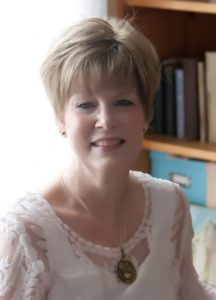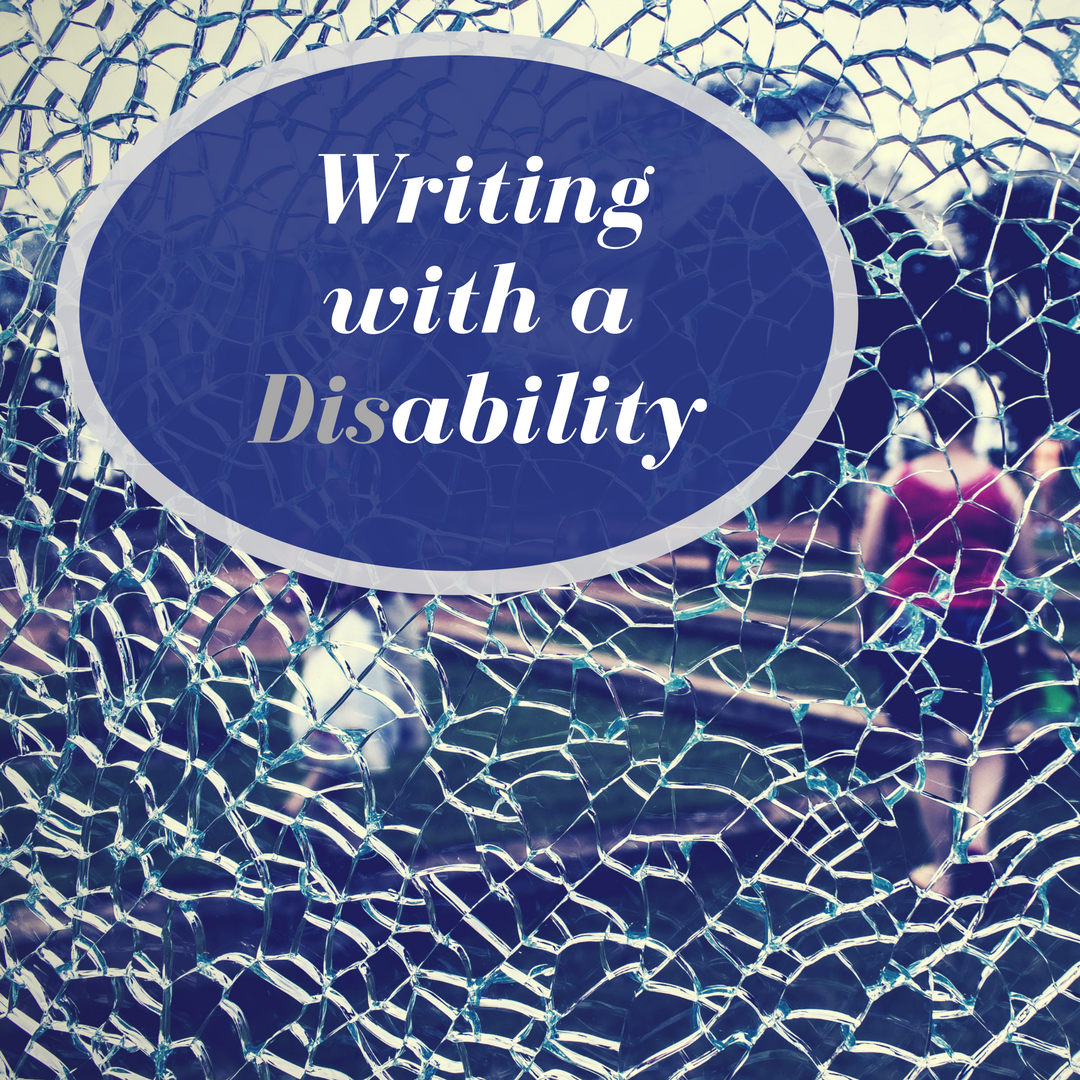Writing a book is a process.
It began as a school assignment for my granddaughter when she was in third grade. She is now a seventh grader.
She was supposed to write 100 words and grace her pages with artwork. From her hand-written pages, I typed. Then she drew.
A little girl collected buttons and had a favorite that she had misplaced. She searched and searched, and searched some more–and found it! That was her story.
She put her finished work in a binder decorated with buttons. She earned a very good grade.
And I said, “I think you have something here. Let’s keep going.”
So we worked to understand the girl. Why was the button important? What did the girl look like? What did she like? Who was her family? Who were her friends?
We switched from third person (she) to first person (I). We developed a reason the button was important. We added family, friends, dialogue, description, repeating symbolism, and motives.
I thought we had a picture book, so I shared it with an author/friend. She said, “It’s not a picture book. It’s a chapter book. Keep working.”
So we did.
Writing a book is a process.
We shifted from the perspective of the little girl to the viewpoint of one of the previously peripheral characters–a boy–a new kid in town.
We drew in a team of helpers–her brother and some of their cousins. Sometimes, a committee of us met in a very professional manner discussing the story and deciding how to enhance it—even once debating a character’s name.
Around my dining room table, the family at large discussed the hair color of one character—calling a cousin down from the playroom to be our model.
Sometimes, ideas popped up during car rides.
Sometimes, I wrote alone.
One day, I typed as a grandson and I developed a chapter together.
Just last evening, another grandson gave us our revised title.
Now, we have more than 12,000 words. And so begins the process of cutting fat that may weigh it down and slow its journey to print. During that process, we search for places to add flesh and blood where the text is dry bone.
Then we will ask others to invest in it—to help us send it on its way. Will it float and fly? Or will our labors continue? To do otherwise is to let our project die. And our dream is that it will live in the imaginations of many.
Wordcraft is a process in which we grow along with our characters, a process that weaves bonds by telling stories real and imagined.
William Faulkner said writing is “agony and sweat of the human spirit, not for glory and least of all for profit, but to create out of the materials of the human spirit something which did not exist before.”
We are making a piece of work that did not exist before. Something from our human spirits. And in that process, we’ve explored life and characters and human character and tightened the bonds between us.
Writing a book is a wonderful process.
Writer and teacher Nancy E. Head is the author of the soon-to-be-published Restoring the Shattered: Illustrating Christ’s Love Through the Church in One Accord. Nancy was a single mother with five children under the age of 14 when she attended Penn State to earn a bachelor’s degree in English and was elected to Phi Beta Kappa. Her career took a journalistic turn from radio news to newspaper reporting, then education before she returned to the classroom to secure a master’s degree in English from Indiana University of Pennsylvania. Currently an instructor at Penn State Altoona and Great Commission Schools, she also spent two summers teaching English in Asia. She is a member of the Altoona Writers’ Guild, the Christian Writers’ Roundtable, and Toastmasters.
When not teaching or writing, she restores antique quilts, crafts projects for her grandchildren, and helps her husband lead a small group devoted to ministering to the needy in their community.







1 Comment
I’ve always loved this article, Nancy. So glad it’s published here for more readers to benefit from your words. You’re a blessing!